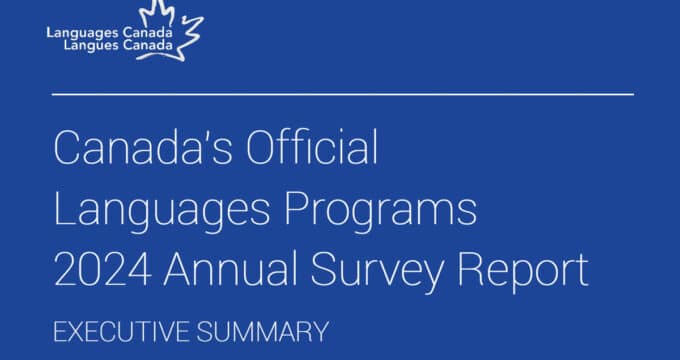Why do international students choose to study in China?
“Recruiting international students has been taken as a strategy to strengthen China’s soft power,” says a recent article in the Journal of Studies in International Education. That, along with massive investments in expanding and strengthening the Chinese higher education system, helps to explain why the number of foreign students in China has climbed so quickly over the last couple of decades. In 1995, there were less than 37,000 international students studying in China and the country was nowhere to be found on the global table of leading destinations. By last year, that number had increased by more than 1200% with nearly 490,000 visiting students enrolled in Chinese institutions and schools. That places China as the fifth ranked study destination globally, after only the US, UK, Australia, and Canada – and well ahead of other traditional leading destinations such as Germany and France. Nearly six in ten foreign students in China come from other Asian markets, but the composition of sending countries is changing with China drawing much of its recent growth from emerging markets in Southeast Asia, South Asia, and Africa. In their recent journal article, “The Emergence of a Regional Education Hub: Rationales of International Students’ Choice of China as the Study Destination”, the authors explore the factors behind this dramatic growth and present the findings of a recent survey of foreign students in China. Their observations reflect the input of roughly 1,700 survey respondents, which were complemented by an additional 30 in-depth interviews with foreign students. The authors note that survey respondents gave the greatest weight to education factors in shaping their decision to study in China, particularly the perceived quality and international recognition of Chinese higher education. “The attraction of China’s first-tier institutions is a significant pull factor in this dynamic,” notes the study. “In building world-class universities, China has successfully advanced the quality of a number of first-tier universities and thus raising the institutional reputation within the region…In addition, interviews reveal that Chinese universities’ easing admissions policy in recruiting international students is another important educational pull factor. Overall, China’s admission policy for domestic and international students is different and there are a lot of institutional differences in admitting international students in China. Only top universities have entrance examinations for international students and the admissions of international students is not a process as strict as that for domestic students.” After access to quality higher education, survey respondents also noted the importance of economic factors in their decision making. There are two main aspects of this. The first is the affordability of Chinese higher education, including the increasing availability of government-supported scholarship programmes for visiting students. But add to that the growing importance of the Chinese economy and the scale of opportunity that that represents for foreign students. As the study authors point out, “China’s ambitious plan to attract international students is related to its economic boom and its active engagement with bilateral and multilateral trade and business in recent years. Many have noted that the higher a country’s economic and political position in the world system, the more central it is in the international student exchange network.” In short: “China’s rising economic weight in the world has become an important driving force pulling international students to study in China.” There is no better illustration of this relationship than the linkages between student flows to China from countries that are heavily engaged in China’s massive “One Belt, One Road” development and foreign investment framework. This strategy is backed by a US$50 billion investment fund targeted to new projects and partnerships along traditional Silk Road trade routes throughout Asia, Europe, And Africa. One Belt, One Road has been a powerful lever for strengthening commercial and academic links, including student recruitment, in key emerging markets along these trade routes, and notably so in Southeast Asia. The authors conclude that this combination of education and economic factors are the real drivers of the continuing growth in China’s foreign enrolment, “whereas cultural and social motivations play a relatively smaller role.” “There are also differences in motivations between students from developed and developing countries,” add the authors. “Students from some developing countries are more concerned with improving job opportunities by increasing Chinese language skills than their counterparts from developed countries.” For additional background, please see:
Most Recent
-
The surging demand for skills training in a rapidly changing global economy Read More
-
US issues corrected student visa data showing growth for 2024 while current trends point to an enrolment decline for 2025/26 Read More
-
Survey finds US institutions expanding agency engagement and focusing on new student markets Read More


















